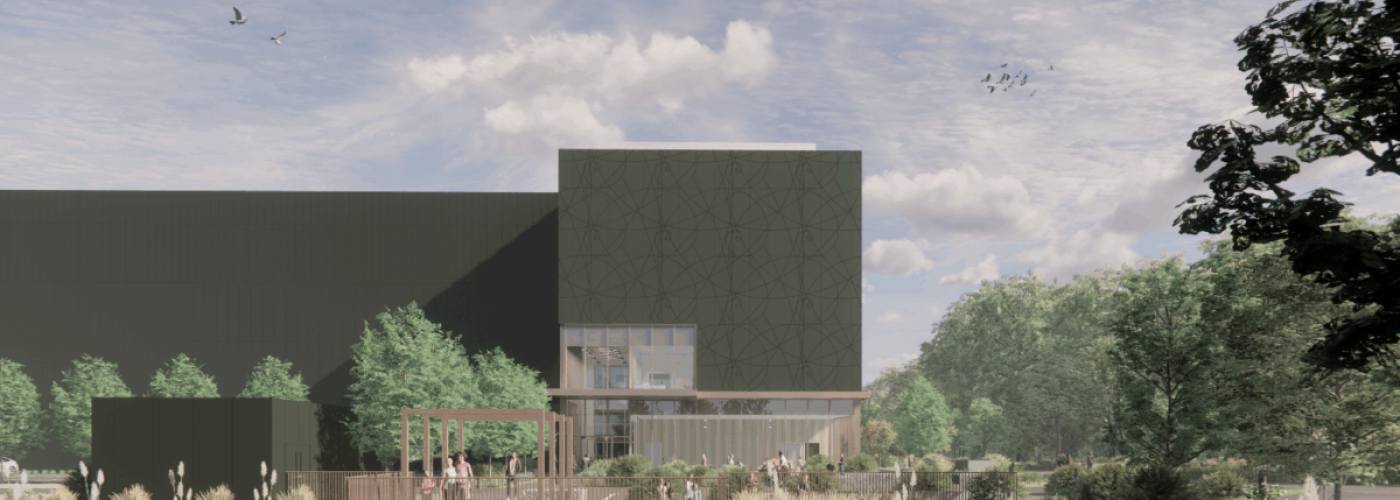The Natural History Museum has officially appointed Mace to lead the construction of its new state-of-the-art collections, research, and digitisation centre at Thames Valley Science Park in Shinfield, in a project valued at £100 million.
This major development marks a pivotal step in the Museum’s ambition to safeguard and enhance access to its globally significant collections. Once complete, the 25,000 sq metre facility—equivalent in size to three football pitches—will house approximately 28 million specimens, representing around one third of the Museum’s total holdings.
The centre is being developed as part of the NHM Unlocked Programme, which is supported by £201 million in government funding aimed at advancing the UK’s science, research, and innovation capacity. Construction is set to begin shortly, with completion expected in 2027 and full operational readiness anticipated by 2031.
The new facility will serve as a hub for cutting-edge scientific research and technology. It will feature advanced imaging and digitisation suites, state-of-the-art laboratories for molecular biology and ancient DNA analysis, cryo-storage for tissue samples, as well as conservation and quarantine labs.
Rob Lemming, Managing Director for Public Sector and Life Sciences at Mace, described the project as both a cultural and scientific milestone. “This centre will be more than a repository for priceless specimens—it will be a beacon for innovation and collaboration, offering the scientific community world-class tools to tackle urgent challenges like climate change, biodiversity loss, and sustainable development.”
The design team for the project includes Fielden Clegg Bradley Studios as lead architects and engineering consultancy Ramboll. Mace will oversee construction and procurement, supported by CPC Project Services for project management and Arcadis for cost consultancy.
The facility will also become home to several specialist collections including fossilised mammals and invertebrates, marine life such as corals and crustaceans, and the Museum’s valuable molecular and micropalaeontological archives. The transfer of these materials to Shinfield is expected to be the largest move of natural history specimens ever undertaken worldwide.
Situated within the innovation campus of the University of Reading, the development is poised to enhance the UK’s position as a global leader in bioscience, environmental research, and digital innovation.
Building, Design & Construction Magazine | The Choice of Industry Professionals





